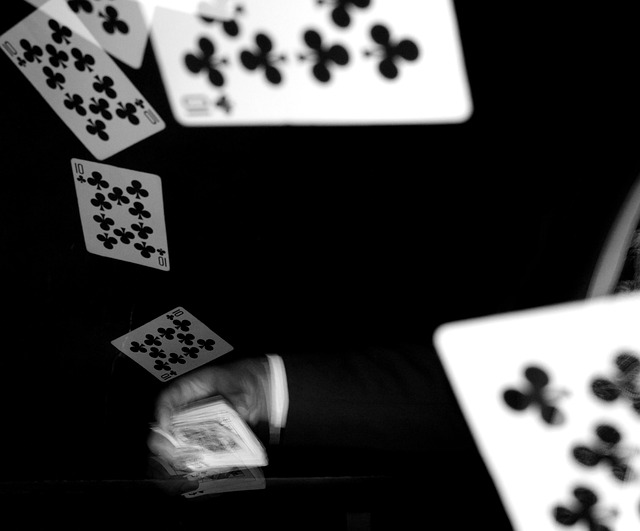Photography is not merely about pressing a button; it’s an intricate dance of light, shadow, and emotion. One potent tool in a photographer’s arsenal is the strobe light. When mastered, this artificial light source can transform ordinary scenes into extraordinary captures, breathing life into layers of detail and texture that might otherwise go unnoticed.
To understand the magic of strobe, let’s delve into the importance of layering in photography. Every photograph is composed of various elements — the background, the subject, and the forefront. Utilizing strobe allows photographers to unify these layers in a way that enhances the visual narrative. By strategically placing strobe lights, you can draw attention to your subject while ensuring the backdrop complements rather than detracts from it.
Using a strobe can introduce dynamic contrasts between light and shadow. This contrast can sculpt the subject and create an emotional heartbeat within a photo. Think about the play of light on a model’s face; the right angle of strobe can capture not just their features but the emotions they convey, wrapping them in a luminous embrace. This complexity can evoke feelings, guide the viewer’s gaze, and immerse them in the story.
In layers, strobe lights can be used creatively to mimic natural light or to add an unexpected twist. For instance, shooting during the golden hour can be lovely, but introducing a strobe can take that warmth and amplify it, enriching the image. Understanding your camera’s settings in conjunction with strobe output is crucial; adjusting your aperture and shutter speed in relation to the strobe’s power and duration can elevate your photography game.
When experimenting with strobe lighting, consider its positioning. A strobe placed at a 45-degree angle can create dramatic shadows that add depth, while a strobe used from below can give a mysterious effect. Each layer of light tells a story, and the interplay of these layers can evoke varied atmospheres, whether it be the serene glow of twilight or the stark urgency of a high-contrast scene.
Optics play a significant role in how strobe effects are perceived. The quality of the lens, in combination with strobe lighting, can make a dramatic difference in how sharp and vibrant your photos appear. Prime lenses might offer exquisite detail and clarity, making every layer pop with vibrancy. Zoom lenses give versatility, allowing photographers to explore different perspectives while still letting the strobe work its magic.
The journey to mastering strobe light is an exciting one. It requires practice and a willingness to experiment. Start in a controlled environment where you can manipulate light without pressure. Gradually, as you understand how light interacts with different surfaces and textures, you’ll find that your confidence in handling a camera and strobe will blossom.
Incorporating strobe lighting into your workflow not only enhances your photography but also deepens your understanding of layers within a frame. It teaches you to see light not just as a source, but as a compelling element that can shape your images and evoke emotions. With each click, you have the power to tell powerful stories through layered light, ultimately mastering the art of strobe.



